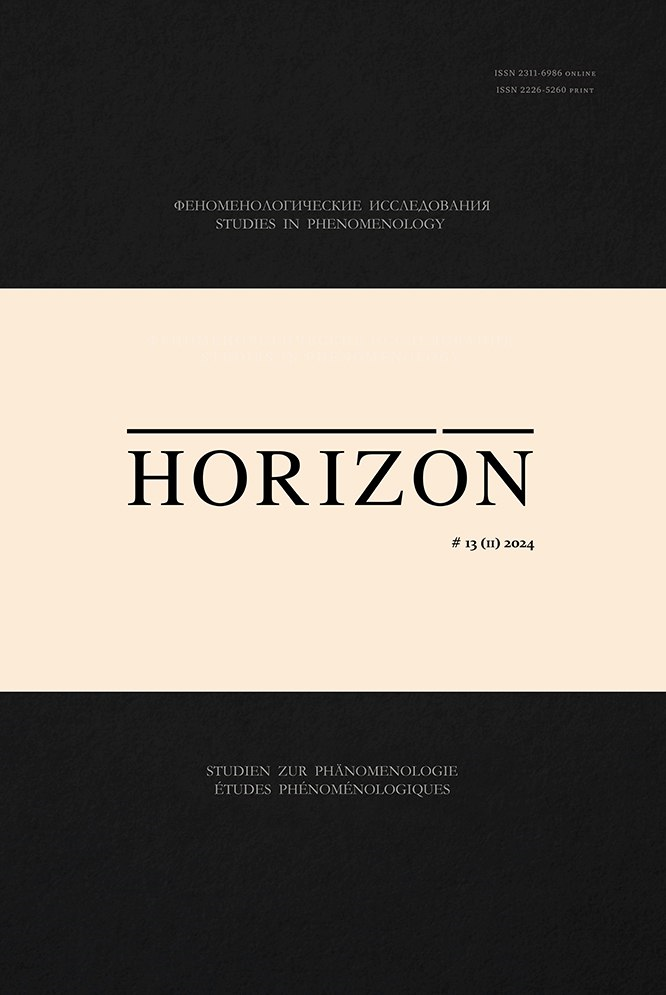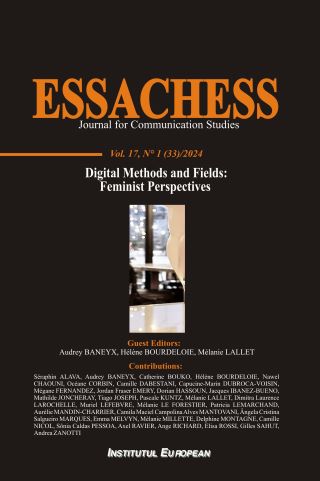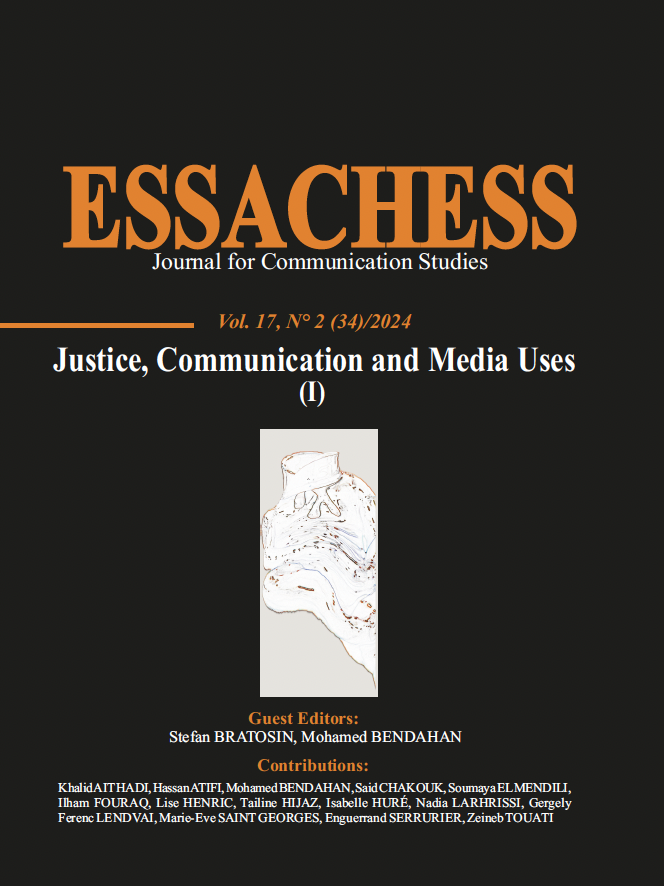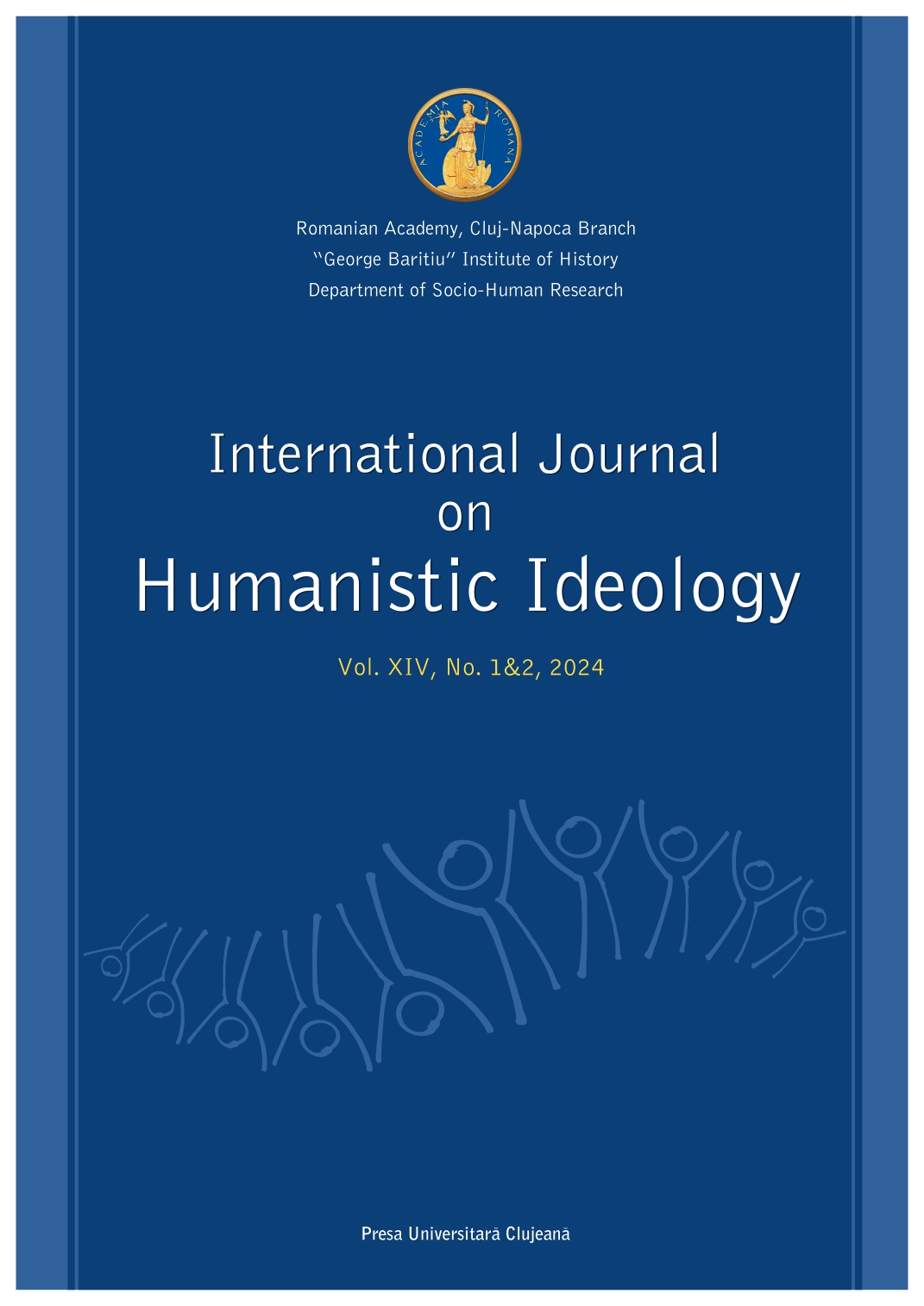Author(s): Gholamreza Salemian / Language(s): Bosnian
Issue: 35-36/2024
Hakim Sana’i Ghaznavi was a prominent Iranian poet and gnostic who lived at the turn of the fifth and sixth centuries after the Hijra. This paper aims to present this poet and the role he played in the development of Persian gnostic literature. The paper was written using a descriptive-research method, relying on library materials. For this purpose, the poet’s works were selected and analyzed, as well as the sources written about his life and poetry. Research shows that Sana’i spent his childhood and youth in Ghazna, and it was in this city that he studied the sciences and knowledge of the time. In his youth, Sana’i traveled to Balkh, where he met Muhammed ibn Mansur Sarakhsi, a Sufi and scholar of that time, and spent some time in his hanikah. Sana’i died in Ghazna, which is located in today’s Afghanistan, in the first half of the sixth century AD. He left behind valuable works, including ethical, philosophical and social masnavis, and Divan (which consists of ghazals, rubais and qasidas), which had a huge impact on culture and literature even after his death. Sana’i revolutionized the process of Persian poetry. Each literary form of Sana’i’s works in some way constitutes a new literary genre in Persian literature. Actually, his qasidas are the beginning of a new process, masnavis are the introduction of his innovative thinking, and, finally, his ghazals set him apart from the ghazal poets of earlier periods in terms of expressing a new and innovative mood. Therefore, Sana’i is considered an epochal poet, because there are few poets who have introduced innovations in several fields, and the influence of his words will be seen centuries later in the works of poets after him.
More...






